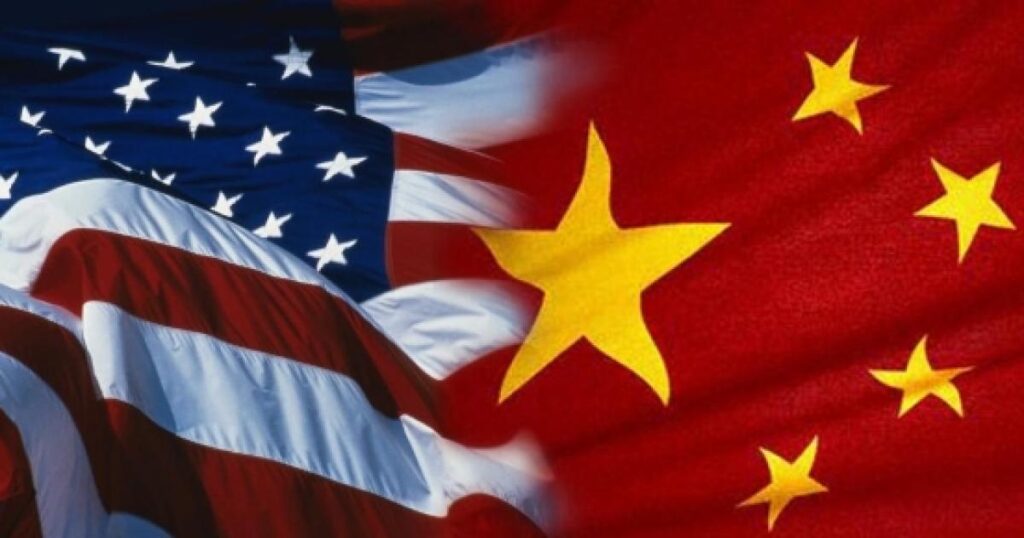Preamble: A great medieval history professor often reminded me that if economics were a perfect science, we’d all be rich; instead, it’s just a tangle of theories, awkwardly trying to fit onto element
Preamble: A great medieval history professor often reminded me that if economics were a perfect science, we’d all be rich; instead, it’s just a tangle of theories, awkwardly trying to fit onto elements that shift with society and human behavior.
When I read articles describing China’s economic “struggles” and “constraints,” I can’t help but notice the disconnect between these theories and the reality on the ground. Analysts in think tanks seem to craft stories based on high-level statistics and theories, distant from the factory floors, street markets, and everyday resilience that define China’s economic engine.
What’s Missing in These Narratives?This article repeats familiar points: a “struggling property market,” “financial constraints,” “overreliance on investment-heavy sectors,” and “resistance to consumption-driven policies.” While this sounds accurate from afar, living here, surrounded by active factories and tenacious small businesses, I see a different story. The property market is often painted as a universal “drag” on growth, ignoring regional dynamics and ongoing demand, as well as people’s balancing between urban and rural investments.
Where’s the discussion on COVID-19? Many analyses skip over the profound effect of the pandemic, which reshaped the global economy and disrupted movement, production, and trade here in China. COVID-19 didn’t just affect cash flows and create vacant spaces; it forced factories to adapt, strained export markets, and impacted investor mobility. How many of these theorists have experienced a shutdown firsthand, seen empty stores repurposed for emergency supplies, or traced the cash flow impact in real-time? Ignoring these effects gives an incomplete picture.
Is “Investment-Heavy” Really a Misstep? Critics often argue that China’s reliance on investment-heavy sectors is misguided, yet this approach has driven urbanization and infrastructure modernization for decades. Calling it a “mistake” dismisses the engine that has powered China’s growth. While the economy is indeed evolving, investment in these sectors remains crucial.
From bustling factory floors to street-side lunch vendors, China’s economy is adaptable, resilient, and diverse. Any serious analysis must factor in the view from the ground—small business resilience, property market shifts, and local innovation. Without these, theories around consumption and investment lack depth.
For those who know China’s economy firsthand, these distant narratives feel simplistic. The reality is far richer, more nuanced, and resilient than these theories suggest.


